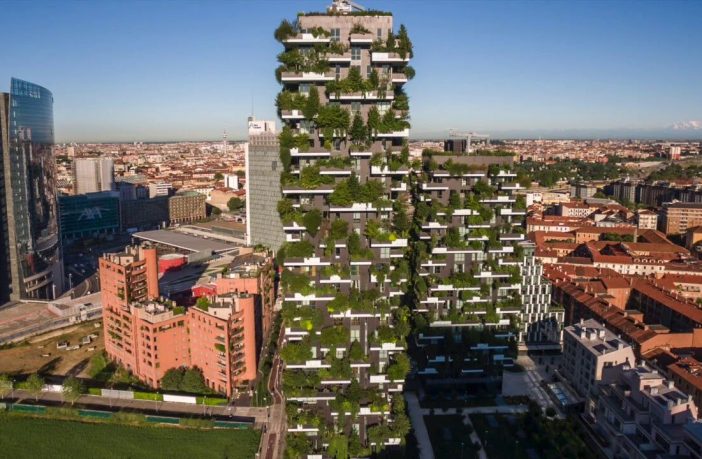- The Council formally adopted today a revised directive on the energy performance of buildings.
- The directive will help reduce greenhouse gas emissions and energy poverty in the EU.
Currently, buildings account for over one third of greenhouse gas emissions in the EU. Under the new rules, by 2030 all new buildings should be zero-emission buildings, and by 2050 the EU’s building stock should be transformed into zero-emission building stock.
For non-residential buildings, the revised directive introduces minimum energy performance standards ensuring that such buildings do not exceed the specified maximum amount of primary or final energy that they can use per m2 annually. According to the new rules, in 2030 all non-residential buildings will be above the 16% worst performing buildings and by 2033 above the 26% worst performing buildings in terms of energy performance. This will lead to a gradual phase-out of the worst performing non-residential buildings.
Member states can choose to exempt specific buildings from the rules, such as historical buildings, places of worship or buildings owned by the armed forces.
Trajectories for progressive renovation
Member states will also make sure that the average primary energy use of residential buildings will be reduced by 16% in 2030 and by 20-22% in 2035. At least 55% of the energy reduction will be achieved through renovation of the 43% worst performing residential buildings.
In their renovation efforts, member states will put in place technical assistance and financial support measures, with a focus on vulnerable households.
In order to decarbonise the building sector, national building renovation plans will include a roadmap with a view to phase out fossil fuel boilers by 2040.
Solar energy and sustainable mobility
The new rules will ensure the deployment of suitable solar energy installations in new buildings, public buildings and existing non-residential ones under renovation that requires a permit.
They will also provide for sustainable mobility infrastructure, including recharging points for electric cars in or next to buildings, pre-cabling or ducting to accommodate future infrastructure and parking spaces for bicycles.
The directive will now be signed and published in the Official Journal of the EU. Member states will have two years in which to incorporate the provisions of the directive into their national legislation. The Commission will review the directive by 2028, in the light of the experience gained and progress made during its implementation.
Source: EU Council















